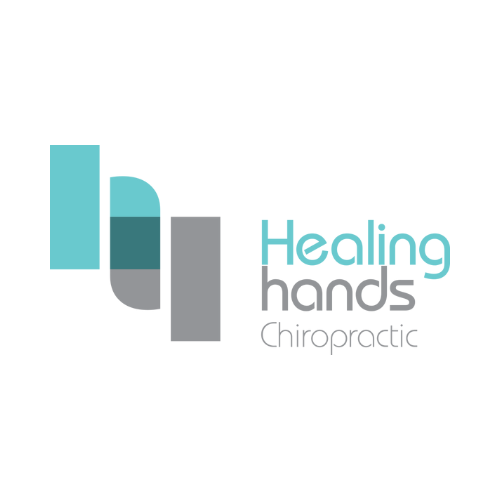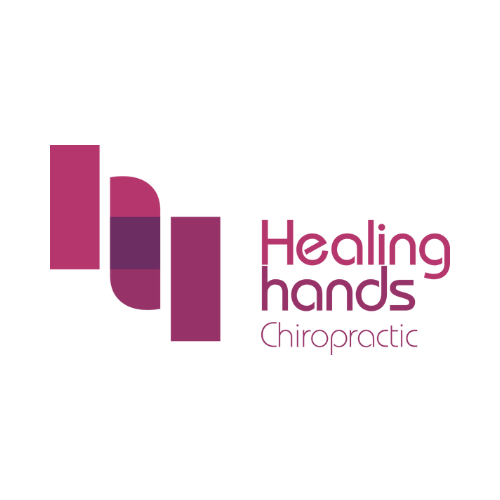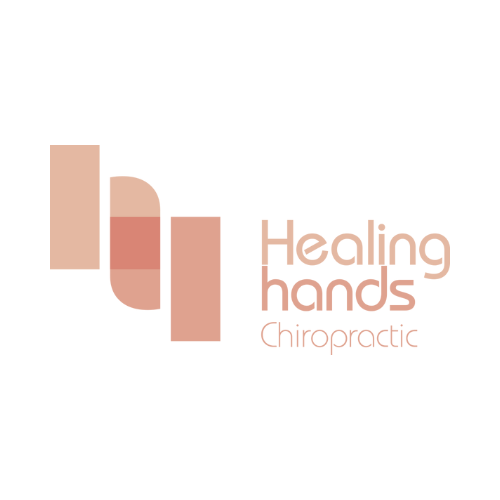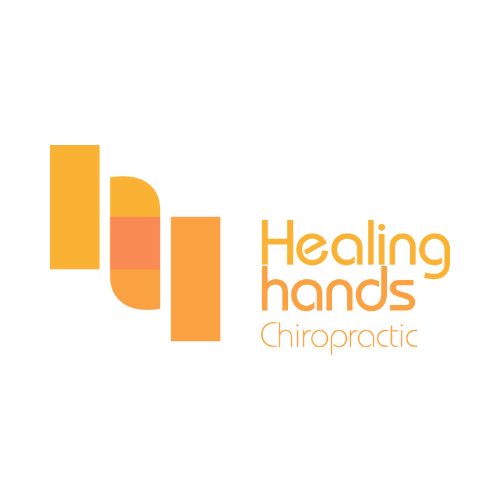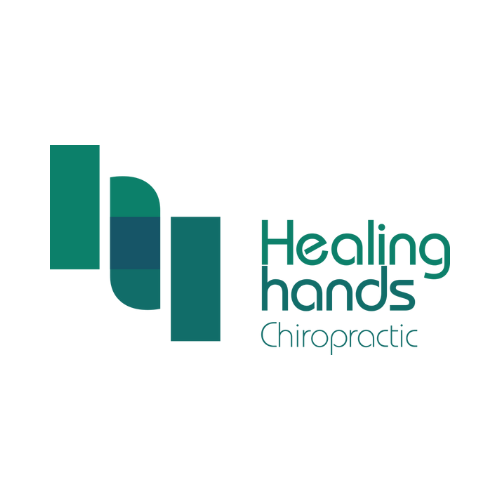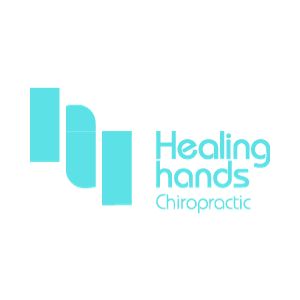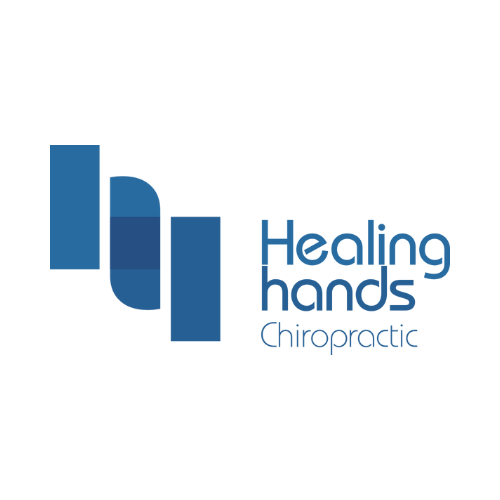Have you ever felt the need to grip, pop, or push your back or neck and give it a big twist? It is common to feel restricted and tight, especially when we remain sedentary for a prolonged period of time. Many of us find instant, quick relief with self-cracking.
However, not many know that this self-cracking can lead to more harm than good. In this article, we will discuss what goes on behind self-cracking, including the misunderstood benefits and potential harms that it may bring to your joints.
What is the noise you hear when you crack your neck?
Our joints connect our bones together and contain synovial fluid and free gas, allowing for smooth gliding and minimal friction when we move. The ‘popping’ noise that occurs when we crack our joints is due to the difference in rapid pressure as a result of the free gas moving around. It takes approximately 20 minutes to reset the free gas, which is why you are not able to re-crack a joint immediately after.
When we twist ourselves, we are not actually cracking any of our bones and joints. Upper back cracking is well-known for producing a lot of cracking noise. However, that also means that the joints are not reset adequately and are simply releasing free gas.
Is cracking my knuckles the same thing as cracking my neck or back?
Our knuckle joints are simple, non-weight-bearing ones. While cracking your knuckles will not cause arthritis, there is still a significant reason to stop this habit. Chronic cracking of your knuckles can lead to reduced grip strength. If you understand how your knuckles function, you will know best not to compress your knuckles in to crack them but rather gently pull at them.
That being said, all joints in our body are made differently. For example, if you conduct shoulder stretches for mobility, and there is noise but no pain and it is not a call for concern. However, when we crack the joints in our neck and back with no specific target, the possibility of damaging the ligaments and joints in the region becomes significantly severe.
How does chiropractic adjustment differ from self-cracking?
Chiropractors are highly trained to perform professional adjustments of the neuromusculoskeletal system and there is a significant difference between chiropractic adjustments and self-cracking. Specific and targeted adjustments are quintessential due to the sensitive nature of our neuromusculoskeletal system.
In fact, the pain which many would try to self-crack for quick relief often originates from a source that is somewhere else. Chiropractors are able to diagnose, analyse, and correct the source of your pain, ultimately and effectively managing your pains and aches.
When we self-crack our joints, there is a possibility of applying too much torque and force, which can lead to further damage. Chiropractors employ a range of adjustment techniques that are gentle yet beneficial to the fixing of our joints, preventing risks of adverse reactions, such as additional pain or even possible stroke.
Why do I feel like I need to crack my neck constantly after doing it once?
The tight and restricted muscles and joints in our spine can often lead to the need to crack them, relieving undesirable pressure. However, you should not intentionally crack them. Self-cracking increases your risk of spinal misalignment, especially if you crack it the wrong way, causing further issues such as nerve irritation, muscle strain, ligament laxity, and hyper-mobility.
For patients who come to us for the first time, it is a common occurrence for them to report their need to self-crack constantly. This is highly due to the significant misalignment as a result of hypermobility. Self-cracking does not realign your spine correctly, instead resulting in the affected joints still being misaligned and only cracking the ones that are not originally affected.
Self-cracking often creates significant patterns of compensation that make chiropractic adjustments even more complex.
What are the worst ways to crack my joints?
It is vital to understand our joint’s biomechanics. Our spinal vertebrae are highly complex, protecting and housing our nervous system, which controls and runs our entire bodily functions. Most misalignments consist of three vectors: left-right, up-down, and forwards-backwards.
Here are the worst ways to crack your joints on your own.
1. Cranking your neck
When you turn and twist your neck further than it should be, you are entering a delicate range of motion called the Para-Physiological barrier. Placing your hands on your lower jaw as a lever to crack your neck places excessive force, pushing your neck past that barrier and causing severe damage to the joints and ligaments in the region.
2. Twisting your lower back while seated
Poor postures while working at the desk are some of the most common sources of pain and aches. As a result, we often see a lot of people suffering from lower back pain issues. Often, when people develop lower back aches, they will push against their chair while seated, torquing their lower back backwards. Their action utilises a long-lever manipulation rather than the shorter but safer lever adjustment employed by chiropractors.
While doing so will help to crack your lower back, providing some relief, it actually irritates your spinal discs. Each vertebra in our lumbar region has little degrees of rotation. Hence, when we over-twist our lower back, applying a large rotational force, we will end up straining and injuring the ligaments and discs in that region.
3. Whipping your lower and upper body in opposite directions
This self-cracking procedure involves the individual adopting a standing position and torquing their lower back by bringing their opposite knee and elbow together in a marching position. Doing so, while providing instant relief, increases your risk of injuring the thoracolumbar region, which is the part where the middle back meets the lower back.
4. Whipping your neck around
This is one of the worst things you can do to your spinal vertebrae. You see this happening, especially on public transport, right after using mobile devices. One of the worst postures to adopt when using your mobile devices is tilting your neck forward while looking down at the screen. Instead, you should be raising your mobile device to eye level, allowing your head and neck to be aligned with your spine.
More often than not, when the neck starts to ache, you will see them throwing their neck in every direction aggressively, hoping to get some quick relief. As a result, significant force is being impacted on the joints, causing a mini-whiplash that can injure your neck significantly.
Conclusion
Rather than cracking your neck and back on your own, why not consider conducting daily stretches instead? While there will still be the occasional cracking noises, under these conditions, they are perfectly fine. In fact, they are more beneficial than self-cracking as your spine develops better movement control patterns. On top of that, regular chiropractic care helps to bring your body’s alignment to an optimal level.
Intentional self-cracking should be avoided if you have a misaligned spine. Healing Hands Chiropractic offers a wide range of neuromusculoskeletal adjustment solutions that are both effective instantly and long-term. If you often find yourself stuck in a chronic loop of self-cracking and stiffness, do conduct a spine check-up with our chiropractors. We also offer corporate wellness programs for companies that want to improve the overall wellness of their employees. Contact us to find out more!






